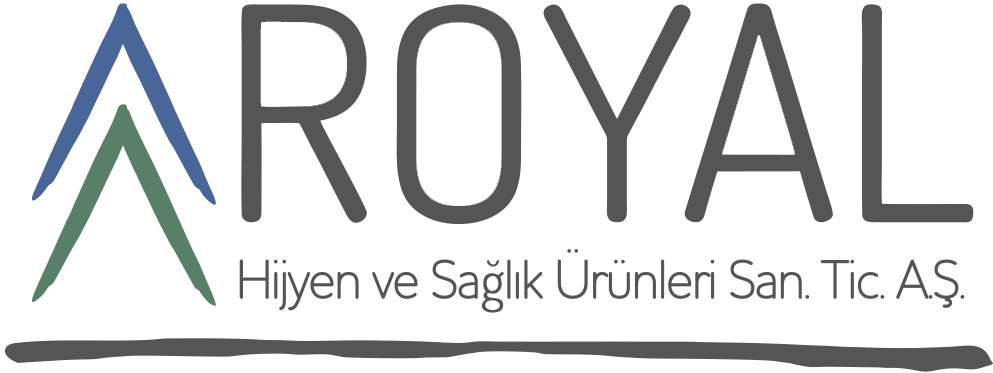Production of Wet Wipes and Baby Diapers
Manufacturing Process of Wet Wipes
Production of Wet Wipes and Baby Diapers Wet wipes, also known as moist towelettes, are manufactured through a series of specialized processes. Initially, a solution containing various ingredients such as water, moisturizers, and cleansing agents is prepared. This solution is then applied to a non-woven fabric sheet, which is typically made of polyester, polyethylene, or a blend of fibers. The sheet is then folded and cut into individual wipes. Finally, the wipes are packaged in airtight containers to maintain their moisture and freshness.
Technologies and Materials Used in Baby Diaper Production
Production of Wet Wipes and Baby Diapers The production of baby diapers involves the use of advanced technologies and materials to ensure comfort, absorbency, and leakage protection. The core of a diaper, which absorbs moisture, is typically made of superabsorbent polymers (SAP) that can hold several times their weight in liquid. The outer layer is made of a waterproof material to prevent leakage, while the inner layer is soft and gentle on the baby’s skin. Modern diaper manufacturing machines are equipped with sensors and controls to ensure consistent quality and efficiency in production.
Importance of Quality Control in Hygienic Product Manufacturing
Production of Wet Wipes and Baby Diapers Quality control is crucial in the manufacturing of hygienic products such as wet wipes and baby diapers to ensure they meet stringent safety and performance standards. Quality control measures include testing raw materials for purity and consistency, monitoring production processes for compliance with specifications, and conducting regular inspections of finished products. Adherence to quality control practices helps manufacturers deliver safe, effective, and reliable products to consumers.
In conclusion, the production of wet wipes and baby diapers involves sophisticated processes and technologies aimed at ensuring the quality, comfort, and safety of these essential hygiene products. Manufacturers must adhere to strict quality control measures to meet regulatory requirements and consumer expectations for these products.
Supply Chain and Distribution

Production of Wet Wipes and Baby Diapers The supply chain for wet wipes and baby diapers involves sourcing raw materials, manufacturing, packaging, and distribution. Manufacturers work closely with suppliers to ensure the quality and availability of raw materials. Efficient distribution networks are essential to ensure products reach retailers and consumers in a timely manner. Manufacturers also need to manage inventory effectively to meet fluctuating demand and avoid stockouts.
Consumer Education and Awareness
Production of Wet Wipes and Baby Diapers Educating consumers about the proper use and disposal of wet wipes and baby diapers is crucial for promoting hygiene and reducing environmental impact. Manufacturers and health authorities provide information on product usage, hygiene practices, and waste management through labeling and marketing campaigns. Social media and digital platforms are also used to raise awareness and promote responsible product use among consumers.
Regulations and Standards
The production of wet wipes and baby diapers is subject to regulations and standards set by government agencies and industry organizations. These regulations cover aspects such as product safety, labeling, and environmental impact. Manufacturers must comply with these regulations to ensure their products meet quality and safety standards and are suitable for use by consumers.
Challenges and Opportunities
The production of wet wipes and baby diapers faces challenges such as raw material sourcing, regulatory compliance, and waste management. However, these challenges also present opportunities for innovation and growth. Manufacturers that can adapt to changing market demands, embrace sustainable practices, and invest in research and development are likely to succeed in the competitive hygienic products market.
Conclusion
In conclusion, the production of wet wipes and baby diapers is a complex process that involves various stages, including sourcing raw materials, manufacturing, quality control, and distribution. Manufacturers must adhere to strict quality standards and regulations to ensure their products meet safety and performance requirements. By addressing environmental concerns, embracing innovation, and educating consumers, the industry can continue to grow and meet the hygiene needs of consumers worldwide.

